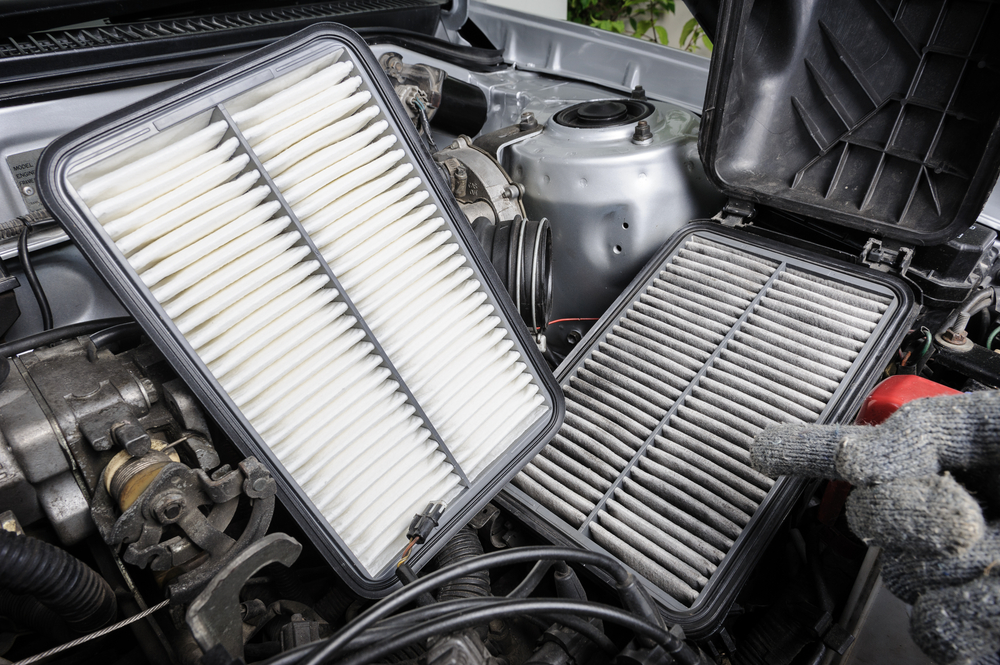There’s nothing more frustrating than being ready to go, only to find that your car won’t start. Whether in the parking lot after dinner, in your driveway before work, or at the rest stop after you’ve stopped for snacks, a non-starting car can throw a wrench in your plans. To help give you some insight, we’ve put together steps you can take to troubleshoot and potentially fix the issue, allowing you to get back on the road as soon as possible.
Identify the Possible Causes
Most people don’t keep a set of mechanic’s tools in their trunk. Therefore, when your car won’t start, you feel pretty helpless. But don’t give up. Try to pinpoint the possible causes before attempting any repairs. Several factors could be at play, such as a dead battery, or even a power steering problem. Take a moment to observe any dashboard warning lights or unusual noises that occurred before the car stopped running. This information will be helpful when communicating with a professional mechanic.
Perform Basic Checks
Before calling for professional assistance, there are a few basic checks you can perform. First, ensure that the car is in the park (or neutral for manual transmissions) and that the parking brake is engaged. Check the battery connections to ensure they are secure and free from corrosion. If you suspect a dead battery, try jump-starting the vehicle using a set of jumper cables and another working car’s battery.
Related: Learn more about how to jump start a car’s battery here.
Check the Key Fob
A defective key fob can cause issues with starting some modern cars that feature keyless entry and ignition systems. These systems rely on a coded signal from the smart key fob to start the engine. If your car fails to recognize the key, it will not start.
In such situations, the most straightforward solution might be to replace the battery in the key fob. You can identify this as the issue if the central locking system also fails to function.
If the basic checks don’t solve the problem, it is advisable to consult a qualified mechanic who can diagnose and address these problems effectively.
Rely on Mike’s Brake & Alignment Shop!
If you have exhausted all troubleshooting steps and your car still won’t start, it’s time to seek professional help. At Mike’s Brake & Alignment Shop, we specialize in diagnosing and repairing automotive issues. Our certified ASE technicians are equipped with the knowledge and tools necessary to get your car back on the road as quickly as possible. Contact us today at (817) 834-2725 for reliable and efficient car repair services.



















